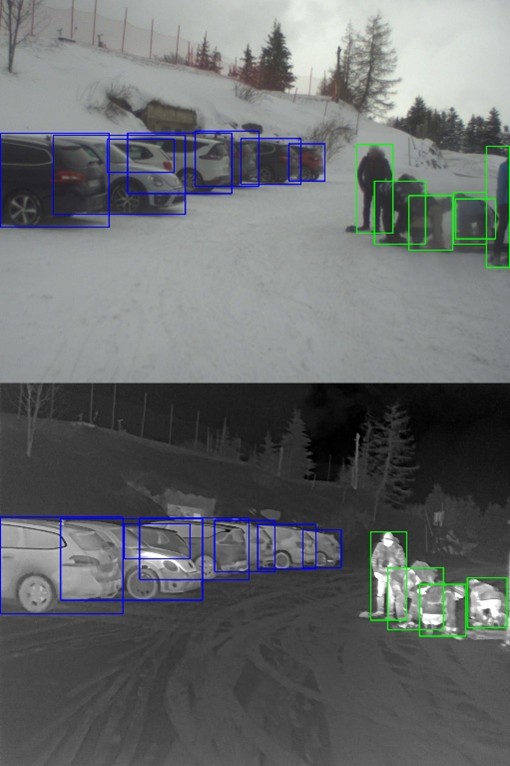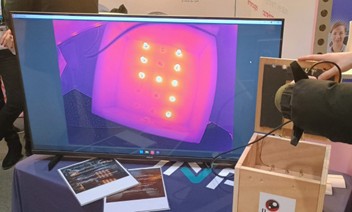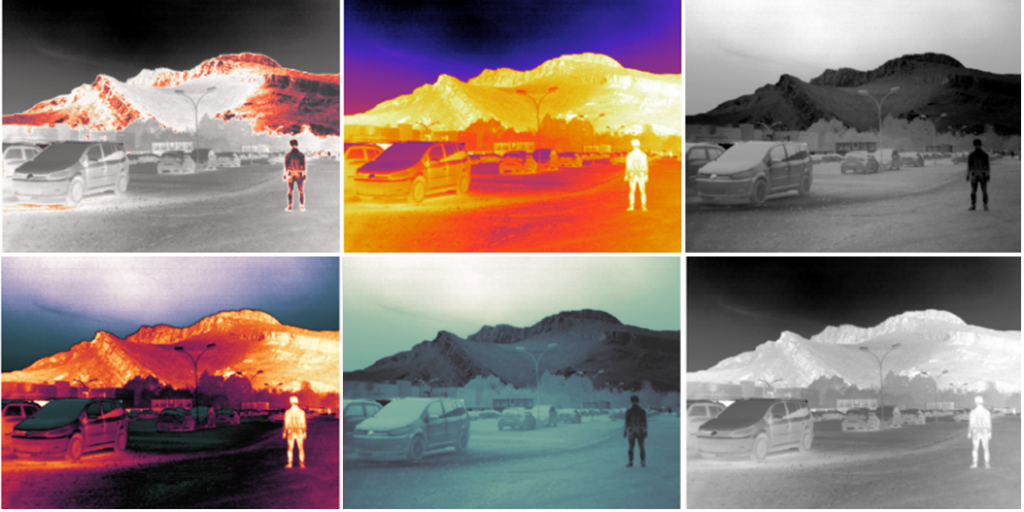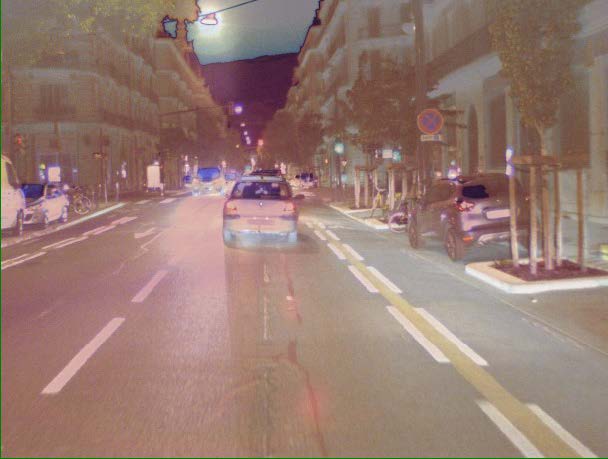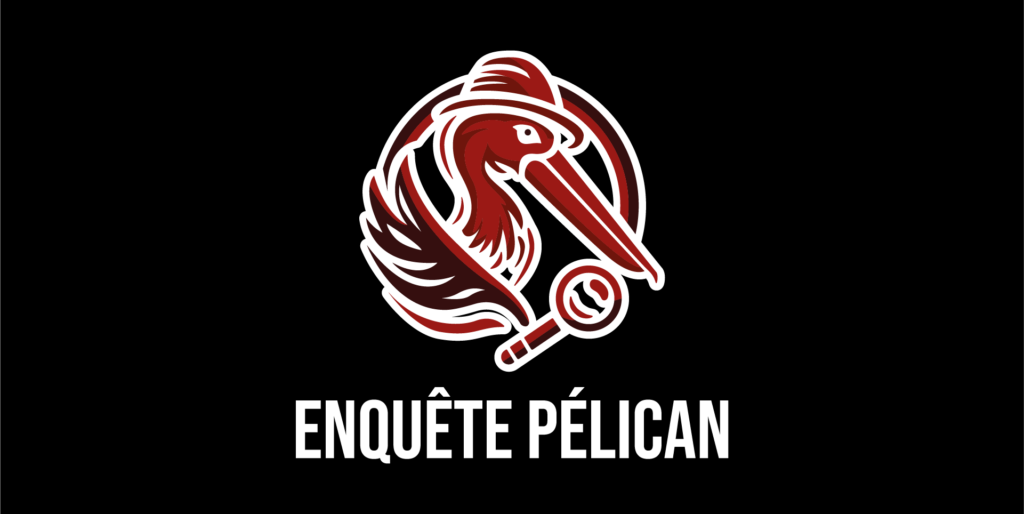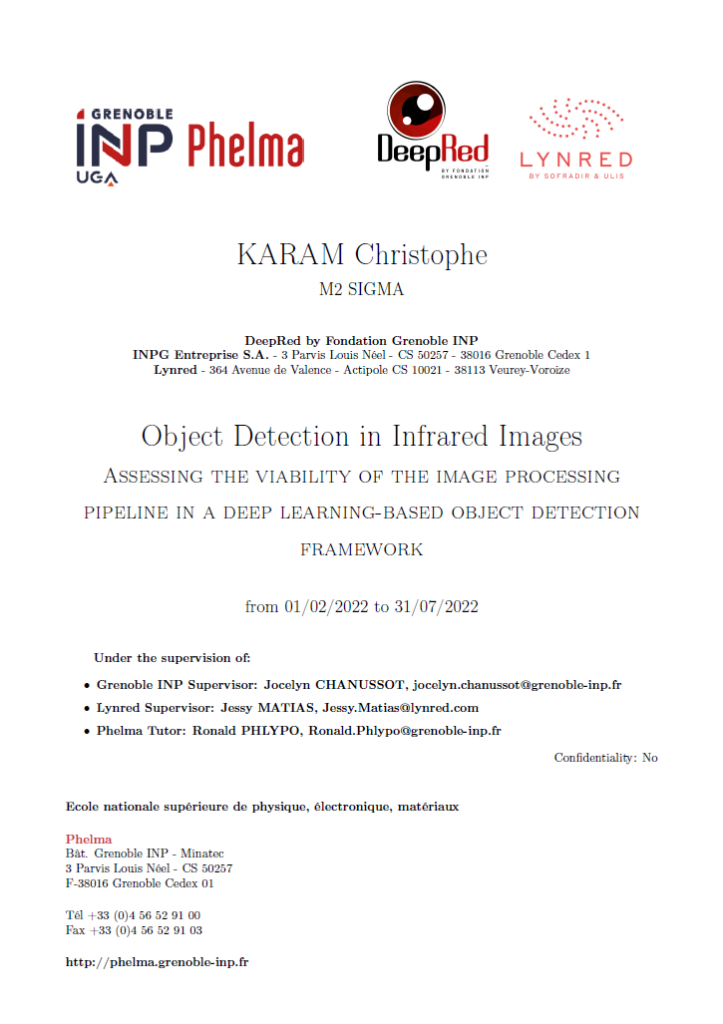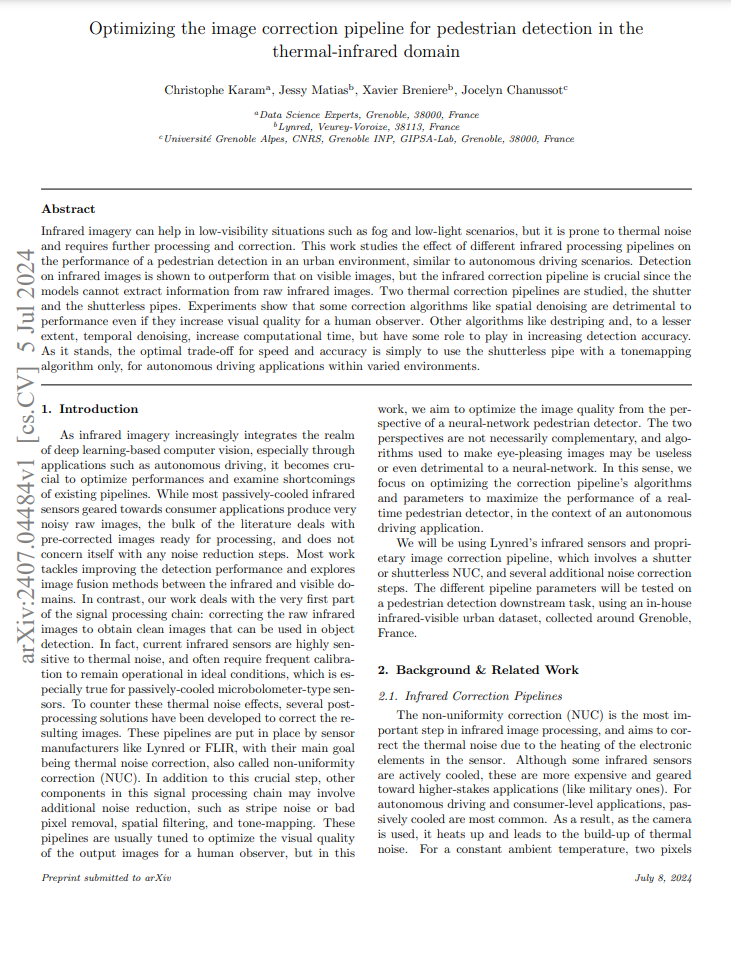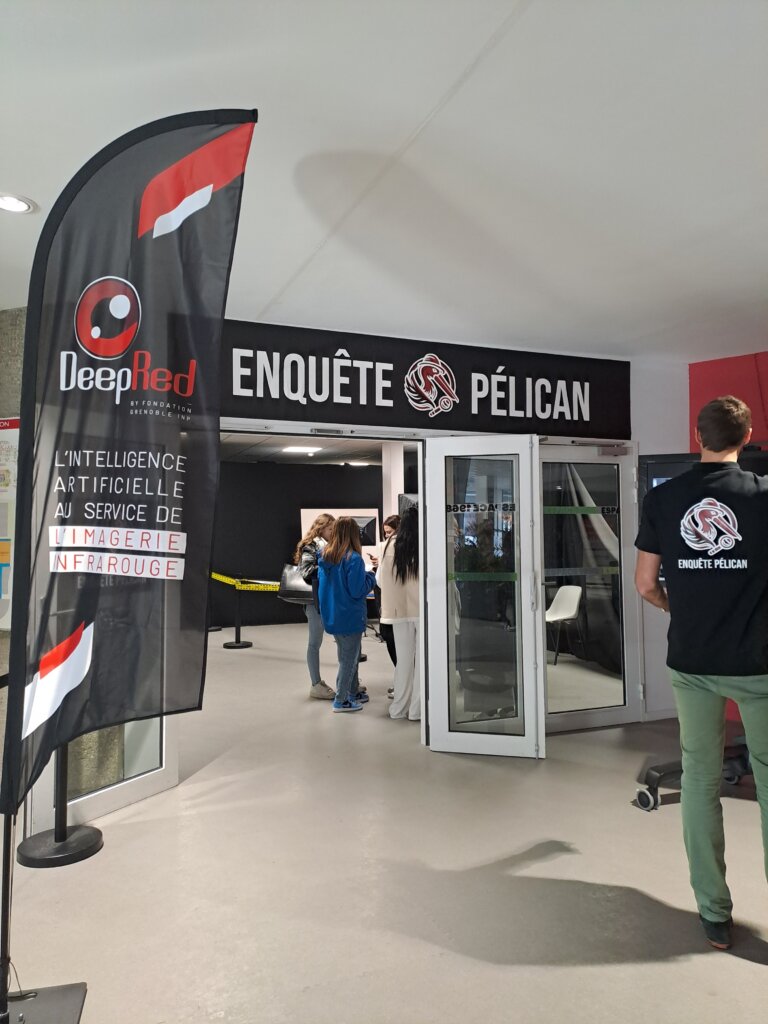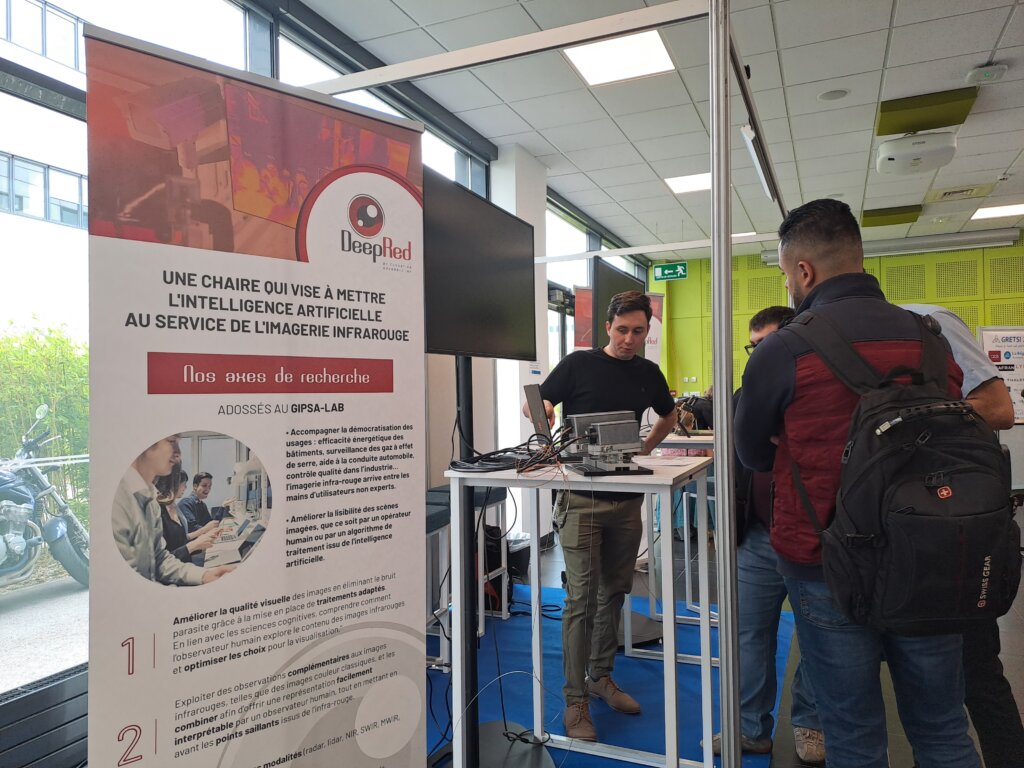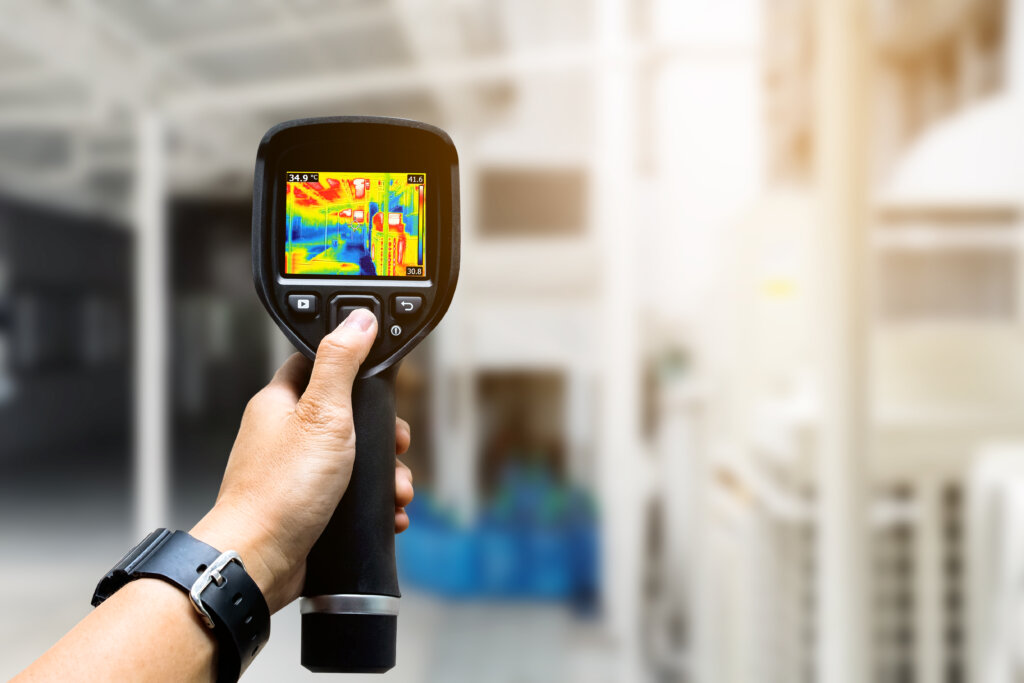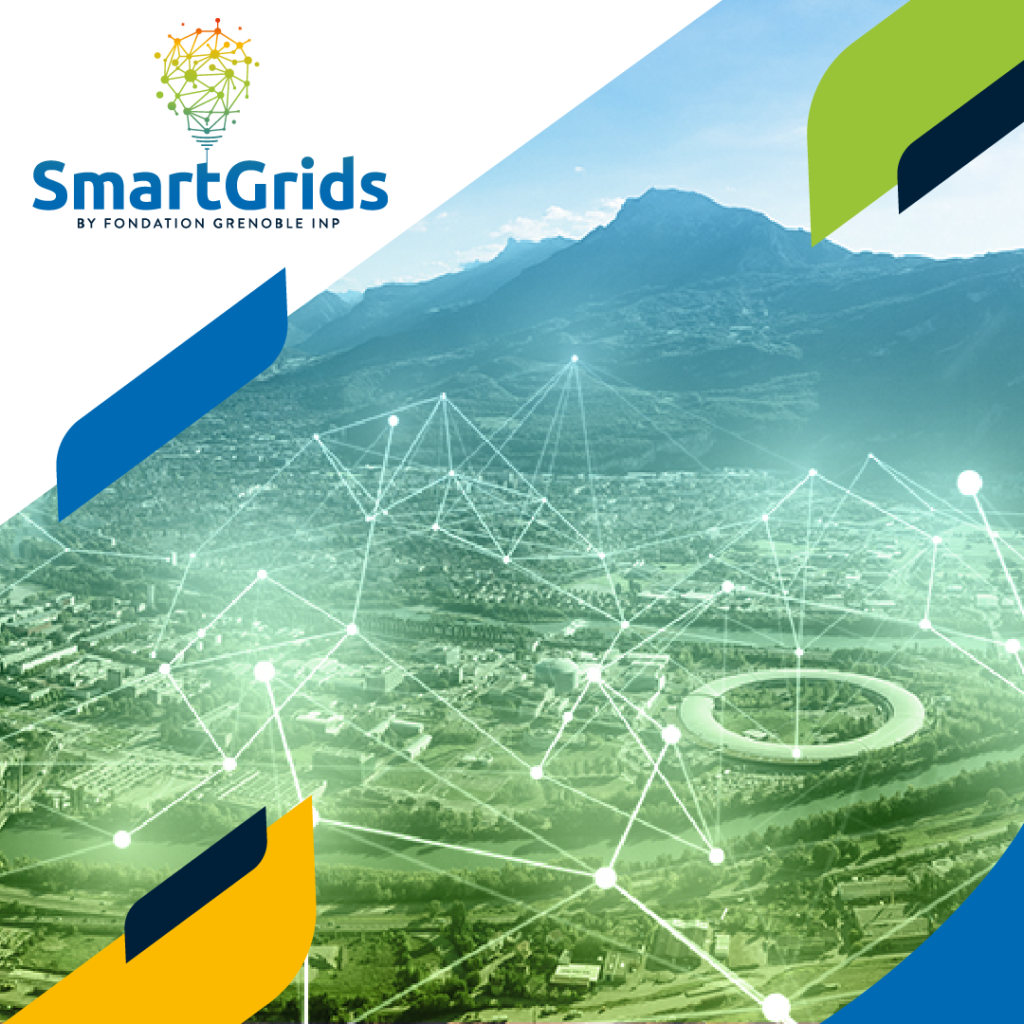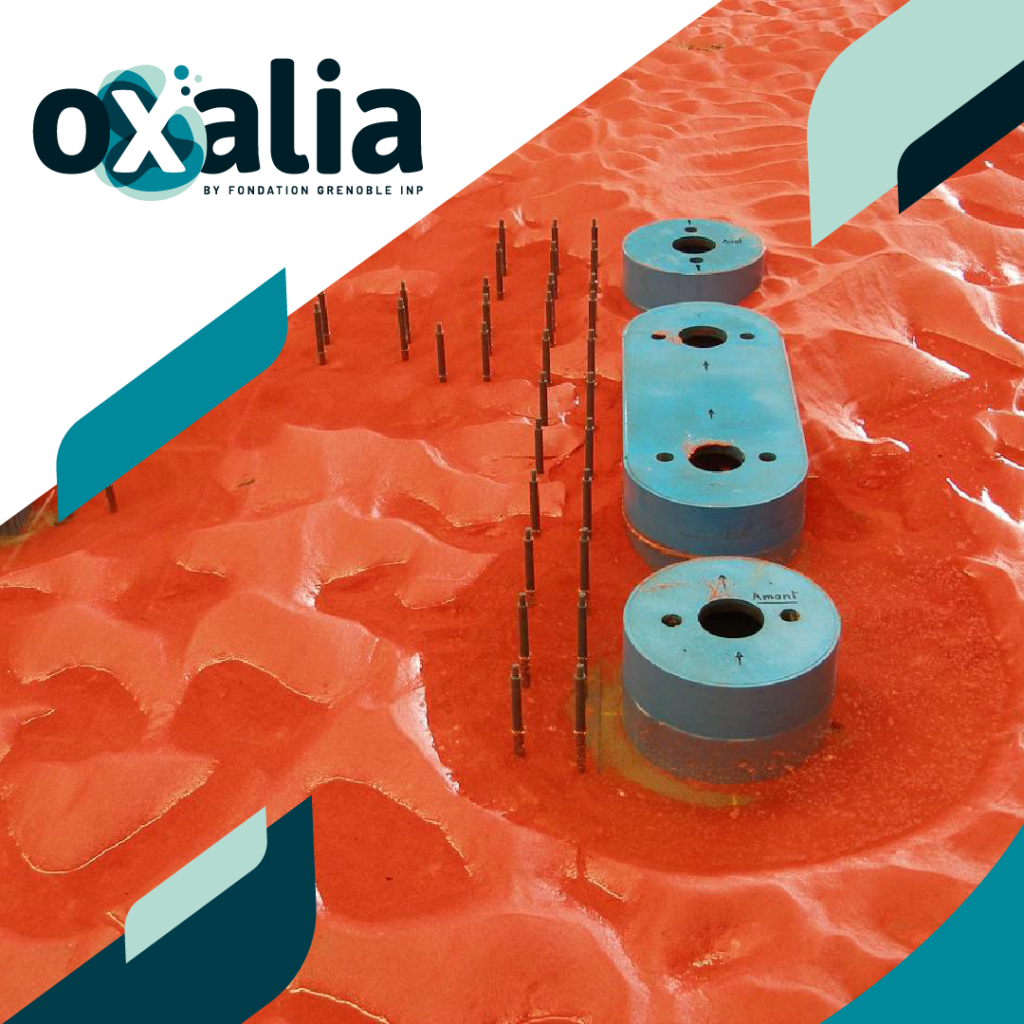Process, analyze and visualize infrared data more efficiently thanks to artificial intelligence
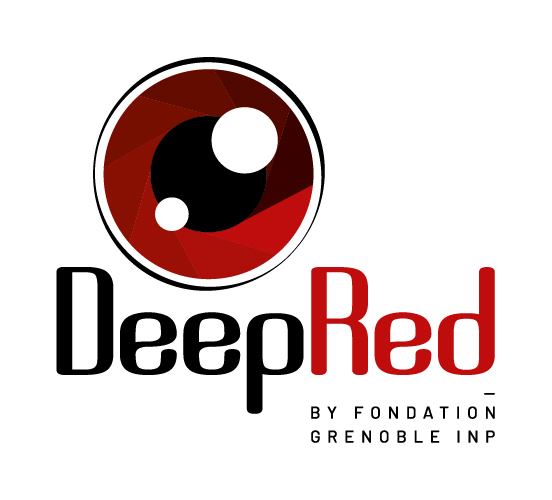
Deep Red is a chair of excellence supported by the Grenoble INP Foundation in partnership with LYNRED, a world leader in the development and production of high quality infrared technologies. This chair was created with the aim of exploiting the full potential of infrared sensors by taking advantage of the latest advances in data science, artificial intelligence and deep learning.
Indeed, a raw infrared image contains a high level of noise that can hinder its optimal exploitation. In order to improve the readability of imaged scenes, whether by a human operator or by a processing algorithm aiming, for example, at detecting anomalies or objects, different strategies can be explored.
One approach consists in proposing g methods of fusion of visible and thermal infrared images , intended in particular for augmented reality and automotive applications. We will then seek to take advantage of the complementarity of visible and infrared imaging to increase the image quality from the point of view of human or machine vision. This complementarity would translate on the merged image by an improvement of the resolution, a reduction of the noise, an improvement of the colorimetry, of the contrast, and this, according to various climatic conditions and types of scenes.
Another way is to usedeep learningg models for noise reduction, information fusion or object detection. In order to set up sufficiently frugal architectures, possibly embedded AI, the integration of expert knowledge on infrared imagery and the corresponding sensors will be crucial. We will talk about physics-driven artificial intelligence. This approach, which aims to learn from data what modeling cannot estimate analytically, will come as an alternative to traditional analysis and processing methods with the objective of "getting the best of both worlds".embedded AI), l’intégration de connaissances expertes sur l’imagerie infrarouge et les capteurs correspondants seront capitales. On parlera d’intelligence artificielle guidée par la physique. Cette approche, qui vise à apprendre des données ce que la modélisation ne sait pas estimer de manière analytique, viendra comme une alternative aux méthodes traditionnelles d’analyse et de traitement avec comme objectif de « tirer le meilleur des deux mondes ».

Jocelyn Chanussot

David Billon-Lanfrey
Our missions
The work will require :
- the creation of image databases (acquisition, correction, augmentation and annotation)
- the implementation of deep learning g algorithms on these data for different applications (denoising and improvement of the visual quality as perceived by a human observer, object detection...)
- the comparison of the model's performance according to different image correction strategies
- evaluation of the contribution of contextual information to the model (ambient temperature, weather, humidity, etc.)
- deployment of the model as close as possible to real time...
The Chair's founding partners and sponsors
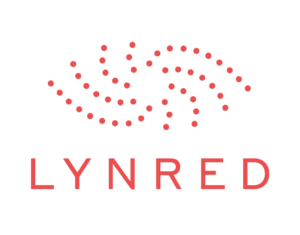
Research and training areas
The Chair's ambition is to develop new scientific knowledge through research activities, knowledge that will then be shared with the community via the associated scientific publications.
But the sharing of knowledge will also be done through the training of engineering students who will be trained and made aware of the potentials and challenges of infrared imaging in the context of courses, design offices or practical work of their formation.
The students will also be able to become actors of the developments within the framework of engineering projects and internships on these topics.
